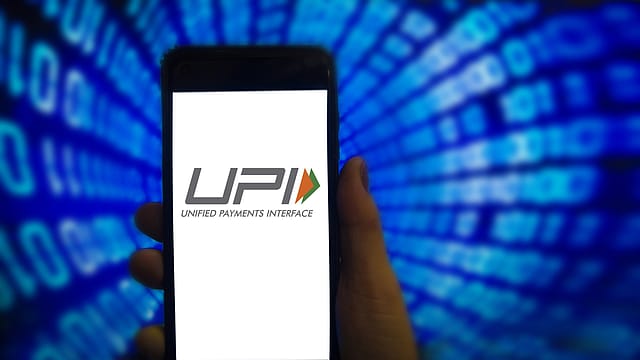Over 650 billion transactions in 6 years drive financial inclusion in India, says MoS Finance
ADVERTISEMENT

Minister of State in the Ministry of Finance, Pankaj Chaudhary, in a written reply to a question in Lok Sabha today, said over 65,000 crore digital transactions have taken place in the last 6 years, amounting to more than ₹12,000 lakh crore. He said that as of May 31, 2025, around 4.77 crore digital touch points have been deployed through the Payments Infrastructure Development Fund (PIDF), with transactions during the last six financial years, i.e. FY 2019-20 to FY 2024-25 have seen a phenomenal increase.
According to the minister, the government has been closely working with different stakeholders, including the Reserve Bank of India (RBI), National Payments Corporation of India (NPCI), fintechs, banks and states to increase the adoption rates of digital payments in the country, including in tier-2 and tier-3 cities. Notably, the RBI set up PIDF in 2021 to encourage the deployment of digital payments acceptance infrastructure in tier-3 to 6 cities, north-eastern states and Jammu & Kashmir.
The RBI has also developed the Digital Payments Index (RBI-DPI) to measure the extent of digitisation of payments across the country. The index is published semi-annually and is based on March 2018 as the base period (Index = 100). As per the latest release, the RBI-DPI stood at 465.33 for September 2024, reflecting continued growth in digital payment adoption, infrastructure, and performance across the country.
December 2025
The annual Fortune 500 India list, the definitive compendium of corporate performance, is out. This year, the cumulative revenue of the Fortune 500 India companies has breached $2 trillion for the first time. Plus, find out which are the Best B-schools in India.
To support small businesses and MSMEs in adopting digital payment systems to expand their customer base and improve efficiency, various initiatives have been taken by the government, RBI and NPCI from time to time, says the minister. These include an incentive scheme for promotion of low-value BHIM-UPI transactions for small merchants, trade receivables discounting system (TReDS) guidelines that allow for MSMEs to get their invoices discounted on the TReDS platform at competitive rates and rationalisation of merchant discount rate (MDR) for debit card transactions, he added.
Notably, the growing adoption of digital payments has revolutionised access to financial services, particularly for underserved and unserved communities. By enabling seamless, traceable transactions through platforms like UPI, digital payments have created a robust financial footprint for individuals and businesses. As a result, more people are able to access formal credit channels, which not only empowers economic participation but also brings more entities into the formal financial ecosystem. Digital platforms like UPI have enabled citizens, including small vendors and rural users, to accept digital payments, reducing cash dependency and increasing formal economic participation.
